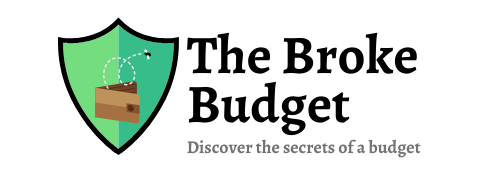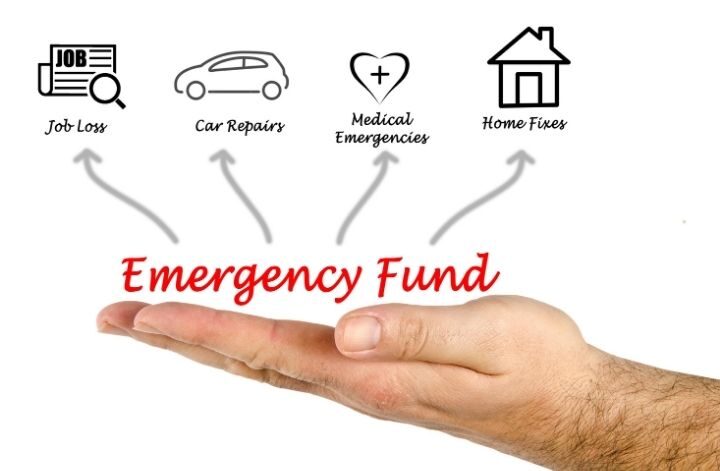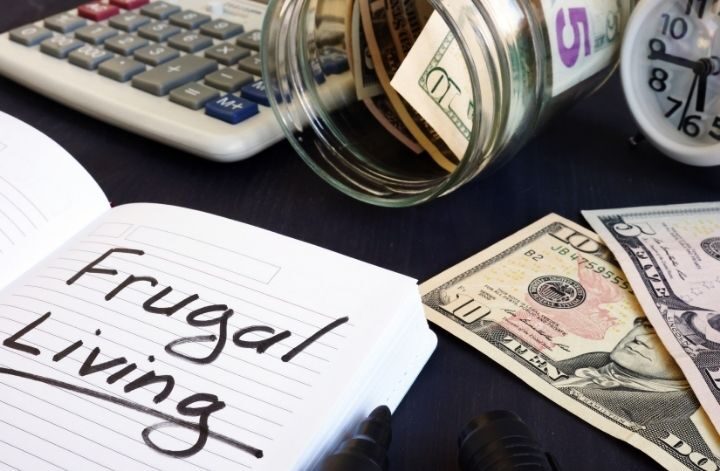It is not a matter of if an emergency is going to happen, it is a matter of when it will happen. Yet only 41% of Americans can pay cash for a $1,000 emergency. Leaving 16% that rely on a credit card for an emergency, 14% who plan to borrow the money from family & friends, 13% who will reduce their spending on other areas to cover it, 7% who will take out a personal loan, and 9% who don’t know how they will cover it or refused to answer the question.
That is just the statistics for a $1,000 emergency. The average emergency cost from 2019 was actually $3,500 with 28% of survey respondents experiencing a financial emergency. Just imagine the stress of having an emergency that you aren’t able to cover.
Emergencies happen to all of us it is just a matter of when and what form it will take. It could be a medical emergency like a heart attack, infection, or a broken bone. Sometimes your vehicle breaks down or a tire goes flat. Your water heater may break then you need to replace it and the flooring that was ruined by the flooding. Life doesn’t always run smoothly and that is why we need to have a plan to get through emergencies.
The best way to plan for emergencies is to have an emergency savings account. As I said the average emergency cost is $3,500. I recommend at least putting $2,000 in a high yield savings account or money market account. I recommend doing this before paying off debt and achieving other financial goals.
Once you have paid off debt then I recommend saving three to six months’ worth of essential expenses. That way if the emergency comes in the form of a job lay off, you are still covered while searching for a replacement. In order to calculate how much money you would need in savings, you should start with your budget. If you don’t have a budget now is a great time to start one!
Take your basic living expenses added up as one number then multiply it by the number of months you want to save for emergencies. The categories that should be included are the ones that take care of your housing, transportation, food, and recurring living expenses (lights, water, etc). If you want to include minimum debt payments you can, but you need to look after yourself and your family first. Listed below is a sample plan that shows you how to determine the dollar amount for your emergency savings.
| Bill | Amount |
|---|---|
| Mortgage: | $1,200 |
| House Gas Bill: | $80 |
| House Electricity/Water Bill: | $150 |
| Internet: | $50 |
| Trash Bill: | $40 |
| Vehicle Gas: | $250 |
| Groceries: | $350 |
| Phone: | $65 |
| Life Insurance: | $29 |
| Auto/Home Insurance: | $145 |
Total: $2,359
$2,359 total essential expenses x 6 months emergency fund = $14,154 total emergency fund savings
Something I like to do is round up the total number to be more on the safe side. For instance in the above example, I would save $14,200 or even $15,000 to be on the safe side. It seems like a lot of money to have just sitting in a savings account or a money market account but it is there when you need it. It is the most reliable way to keep your finances balanced when uncertainty comes your way. Whether that is in the form of a medical diagnosis or a job loss. You will have this feeling of financial safety that will help you avoid extra unneeded stress.
Even a few dollars here and there added to your bank account can help you accumulate your full emergency savings. After paying off your debt you may free up a lot of money that can go towards your emergency savings. That is why I recommend having the $2,000 to $3,000 to start an emergency savings account. After your done paying off debt then you can finish saving the three to six month emergency fund. You will see progress a lot faster if you aren’t doing too many things at once.
I personally freed up around $2,300 after paying down a lot of my debt. That means I could reach my full emergency fund of $20,000 in around 9 months. If I had tried to save while paying off debt it would have taken me three years or longer. That is why it is important to take one step at a time but still be ready for emergencies when they come into your life. Start building your emergency savings account today!




